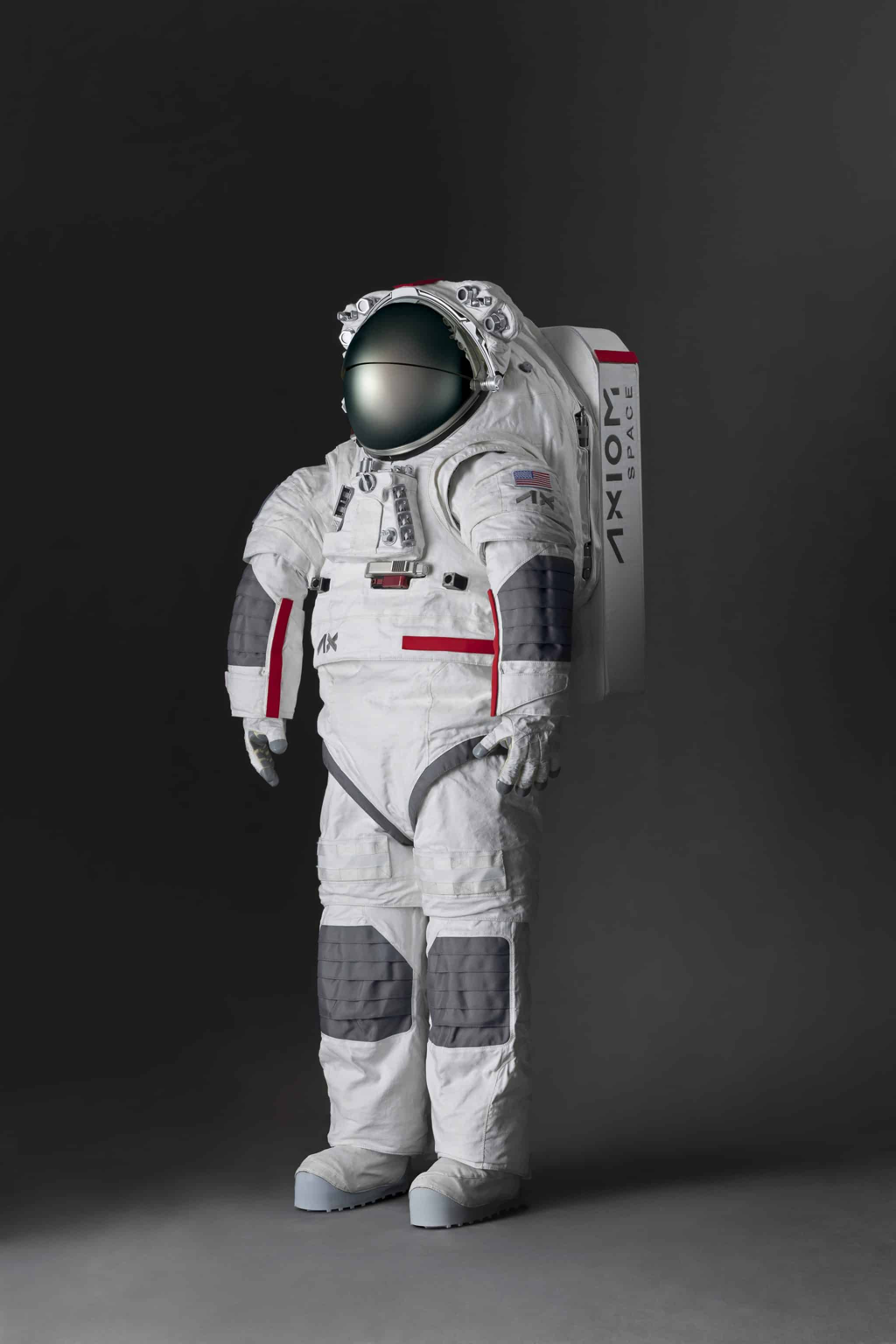NASA is seeking creative ideas for rescuing an astronaut stranded on the Moon.
The first crewed flight under the Artemis program is scheduled for September 2025. This will be a 10-day mission orbiting the Moon. A year later, in September 2026, a landing on the lunar surface is already planned, with an estimated stay of about a week.
In 2033 and 2034, expeditions are expected to be conducted with a total duration of 60 days, while the Artemis-10 mission is anticipated to last several months. It’s worth noting that during the Apollo program, astronauts spent a maximum of three days on the lunar surface (this record belongs to the Apollo 17 crew).
Anything can happen during a short space mission. Naturally, Apollo astronauts trained for various emergency situations. If, during their work on the lunar surface, one of the two crew members became incapacitated, the other had to assess their condition, report back to Earth, and make every effort to get their colleague to the lunar module.
Interestingly, during the Apollo 15 mission in 1971, David Scott and James Irwin ventured several kilometers away from their spacecraft, but they were traveling in a lunar rover. Even with a mode of transportation, having an incapacitated partner on the Moon is a very extreme situation, and without a rover, the problem becomes even more complicated.
With the new Artemis program, the situation is such that by the fall of 2026, a mission to the Moon will need to commence, yet the rovers for astronauts have not yet been built. In the spring of 2024, NASA named three finalists in a competition to present their designs for a lunar vehicle.
The winner will be announced only in the spring of 2025. It is expected that the vehicle will not be ready until the Artemis-5 mission, which is set for 2030. This means that the crews of Artemis-3 and Artemis-4 will have to operate without transportation.

Therefore, NASA recently announced a new competition and promised $20,000 to anyone who develops a "walking" rescue system for astronauts on the Moon. The challenge is to devise a way for a person in a lunar surface "outgoing" spacesuit and full gear to move their incapacitated colleague (also "packaged" in the same way) at least two kilometers uphill at a 20-degree slope without a vehicle.
According to the open competition website, where NASA's announcement is published, a person on Earth in the new spacesuit for the Artemis mission, the Axiom Extravehicular Mobility Suit, weighs 343 kilograms. On the Moon, due to its weak gravity, this weight becomes 57 kilograms.
It is worth mentioning that even the heaviest spacesuits ever planned have not exceeded 175 kilograms. According to spacesuit designer Nikolai Moiseev, a weight of 175 kilograms is already unsafe for the natural satellite of our planet.
In any case, the National Aeronautics and Space Administration (NASA) has indicated that the future system should weigh no more than 23 kilograms (on Earth) and that the astronaut must be able to manage it alone. Developers have also been advised to consider that Artemis aims at landings in the lunar permafrost regions—near the South Pole.
Recall that this location was chosen after the discovery of abundant deposits of water ice in the polar regions of the Moon. The terrain there is harsh: temperatures can drop to minus 203 degrees Celsius. Accordingly, materials and electronics must withstand such cold. The Sun remains low on the horizon, casting long shadows, making visibility severely impaired. There are boulders up to 20 meters in size and craters several meters wide all around. Those who find a way to rescue a person amid all this will be announced and rewarded at the end of February 2025.